You're on the list
By signing up, you agree to receive email marketing.
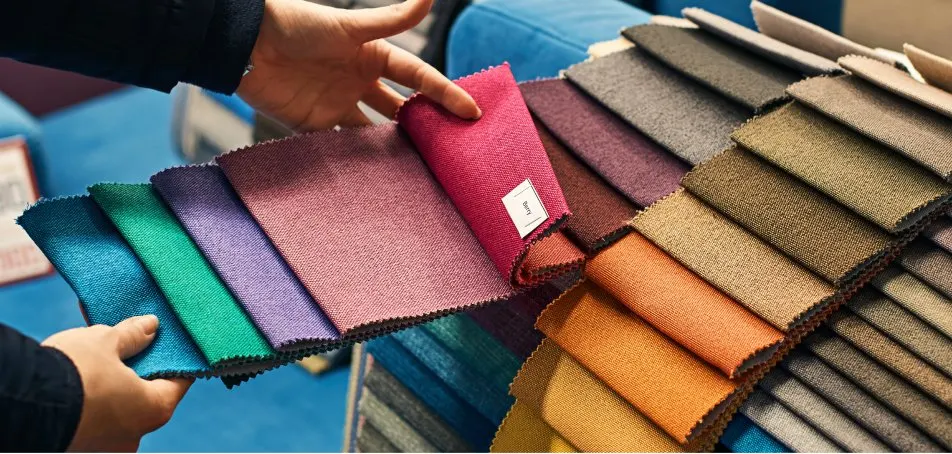
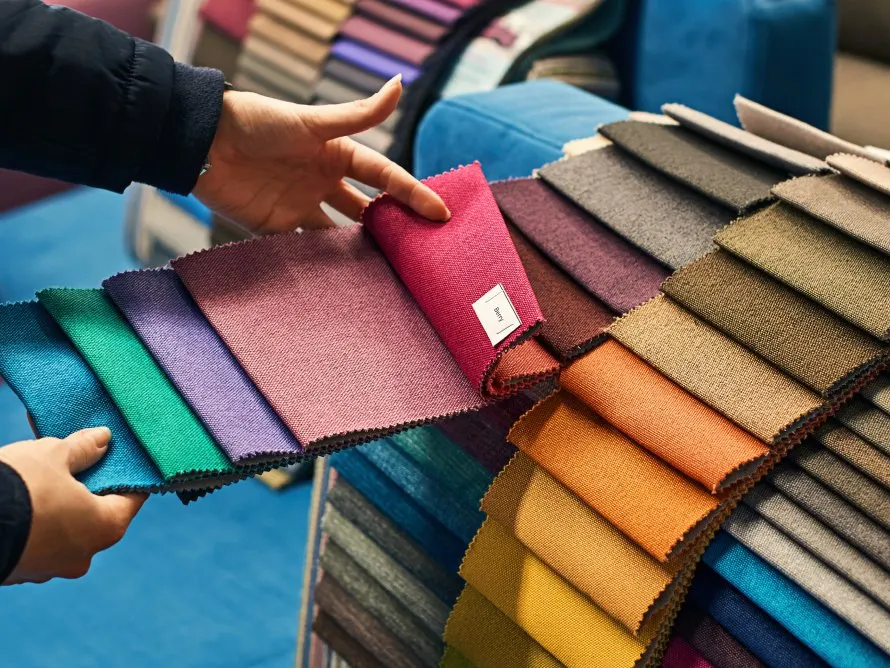
There’s no one-size-fits-all approach when it comes to choosing furniture materials. Some people love curling up on luxurious velvet or fuzzy chenille. Others are always on the hunt for the smoothest leather or sleekest metal surfaces. These materials set the tone for the entire room and determine how comfortable you feel in your space.
Picking the right furniture materials is key to designing a stylish yet functional home. This guide explores the most popular types of furniture materials, from cotton to metal. We also discuss essential factors to consider when choosing materials, including cost, durability, and pet-friendliness.
Upholstery furniture is a staple in many households. This stylish furniture typically combines comfortable padding with various fabrics or leathers. These materials add warmth to your home and give you cozy seating areas. For example, you might entertain friends on a sprawling cotton sectional or sneak in a quick nap on a plush velvet recliner.
While upholstered materials are typically durable, some may require more maintenance to stay in top shape. Consider your lifestyle and the level of wear your furniture will face to find the right upholstery for your home.

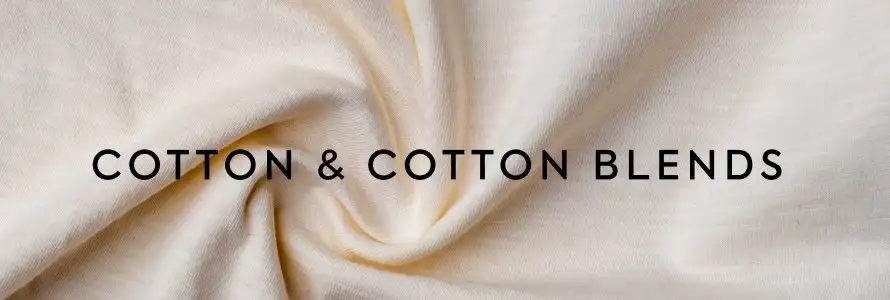

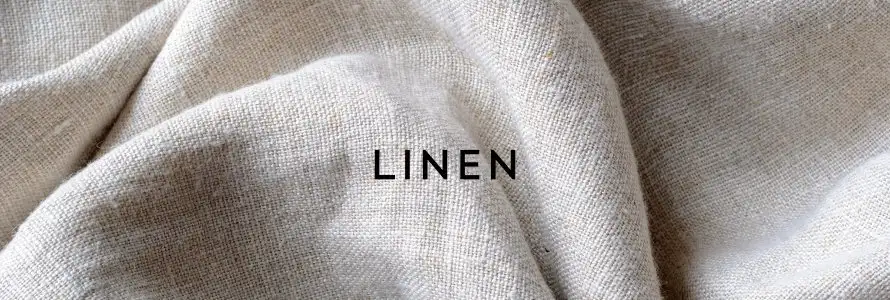
Linen is a classic upholstery material made from the fibers of the flax plant and is used in many furniture pieces. Linen is known to be cool to the touch, smooth, and moisture-wicking. It’s an excellent choice for sofas, sectionals, and chairs.
Linen is not easily dyed, so it’s usually seen in its natural color, which ranges from beige to off-white or gray. Lined is often blended with cotton to create a wrinkle-free and long-lasting fabric.
Benefits of Linen:
If you’re looking for a durable fabric, linen is an excellent choice. Its flax fibers are naturally strong and resist pilling. With proper maintenance, linen furniture can look beautiful and fresh for many years. Additionally, this material is breathable and moisture-resistant, so it always feels cool and dry.
Like cotton, linen has a few potential drawbacks. This fabric is prone to staining and should be kept out of direct sunlight to avoid fading. You should also avoid excess scrubbing or twisting, which can damage linen. Finally, linen doesn’t take dye well, so it has more limited color options.

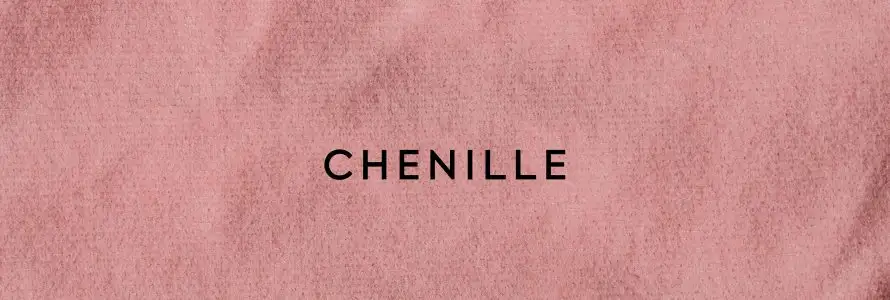

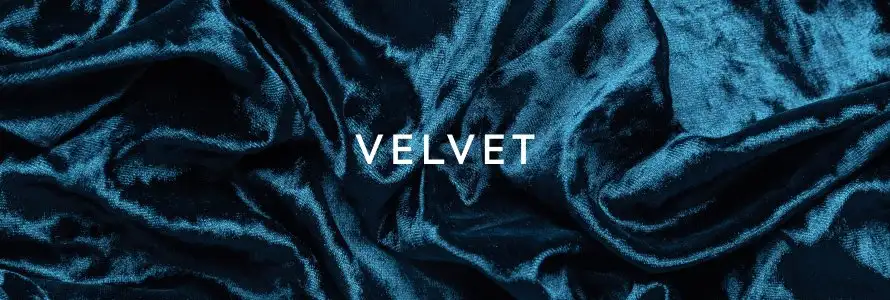
Velvet is known for its quality and high-end appearance. Velvet’s dense pile creates a buttery-soft texture and classy style that creates a feeling of luxury and sophistication in any room.
Couches, settees, and headboards are commonly made from velvet. The material adds glam and high style to any room. While velvet is made from a blend of natural fibers, such as silk, cotton, or wool, there are versions of synthetic velvet made from high-quality polyester.
Benefits of Velvet:
Velvet is a classic and luxurious fabric that never goes out of style. It’s soft to the touch, yet durable enough to withstand the test of time when properly cared for. This material also comes in a wide range of rich colors and picks up light well, giving it more depth than other fabrics.
While velvet has many benefits, this material will show wear and tear over time if not properly maintained. It’s susceptible to fading in direct sunlight and prone to creasing or wrinkling, which takes time to smooth. Plus, it’s difficult to clean stains once they are set into velvet.
Natural furniture textiles are woven from materials found in nature, often made from plant fibers and animal products, rather than manufactured. Breathable, hypoallergenic, and durable, natural fabrics are best used in areas of the home that receive moderate traffic.
Most natural materials require proper maintenance and care to ensure they withstand the test of time. It’s important to keep furniture made from natural materials out of direct sunlight and away from moisture. Exposing these materials to direct sunlight makes them fade over time.

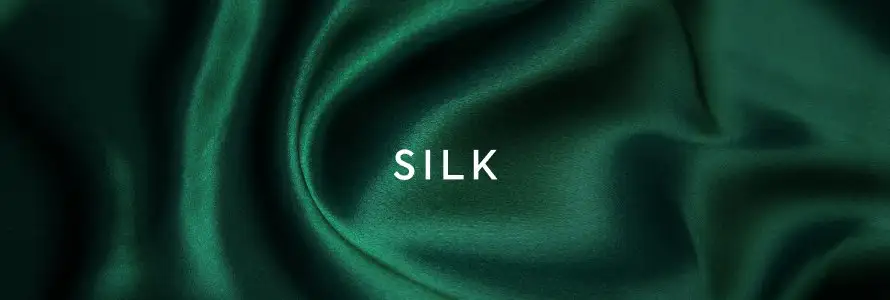

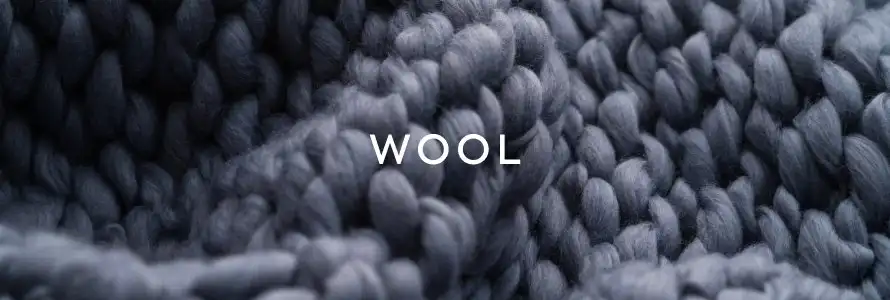

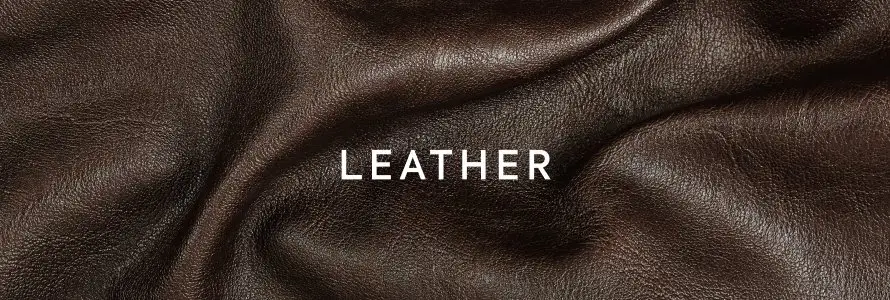
Leather furniture is a timeless addition to any living space. It has a beautiful patina, a luxurious texture, and a long lifespan. Leather couches work well with any room design and come in styles suitable for different lifestyles, budgets, and aesthetic needs.
Leather is the product of animal hides and can be full-grain, top-grain, aniline, or semi-aniline. Each leather type has its quality, longevity, and appearance. Leather can be dyed and comes in shades of brown, tan, black, and white. Other leather colors include shades of red, orange, and gray.
The most expensive and high-quality leather is full-grain. Leather makers remove the hair from the hide but leave the natural imperfections. This minimal processing preserves each hide’s distinct grain pattern for a striking and authentic look. Full-grain leather softens with use and develops a gorgeous patina.
Top-grain leather is made by removing the hair and sanding off the top layer of the hide to remove imperfections. This process creates a leather that’s soft and uniform in appearance. However, it’s typically less durable than full-grain because it lacks the strong top layer.
Aniline leather is dyed to enhance its natural color and highlight the hide’s markings. This premium leather is often used for upscale furniture like luxury couches and recliners. However, it lacks a protective coating, making it more prone to scratches and fading.
Semi-aniline leather is lightly pigmented with aniline dyes and coated in a thin layer of clear protective finish. These additives conceal some of the natural grain while giving the leather a uniform appearance. The coating also improves the leather’s durability, making it an excellent choice for furniture that gets daily usage.
Every home needs hard surface furniture to display accessories, store items, and use for daily activities. For example, you may add a desk to your home office and a TV stand to your living room. These pieces are typically made from durable wood or metal.
Hard surface furniture comes in many colors and styles. This furniture often requires minimal maintenance beyond regular dusting. It’s also hypoallergenic and less prone to trapping odors than upholstery. Here are a few popular choices to consider.

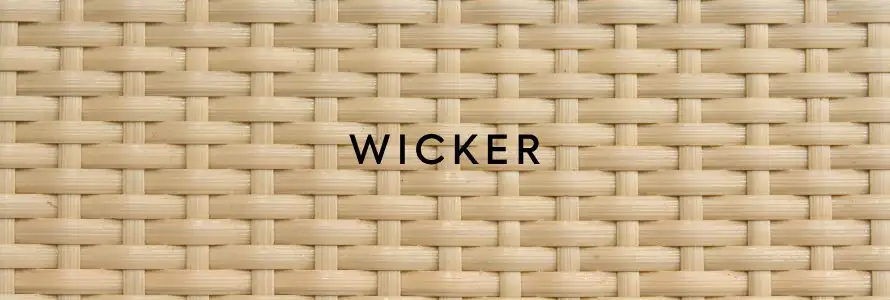
Lightweight furniture materials are affordable and easy to move. They’re ideal for avid home designers who like to rearrange their furniture or people who value flexibility. For instance, you could place plastic chairs in your kitchen for casual dining and then move them to the back deck for an al fresco meal. This flexibility lets you adapt your space to your needs without breaking a sweat.

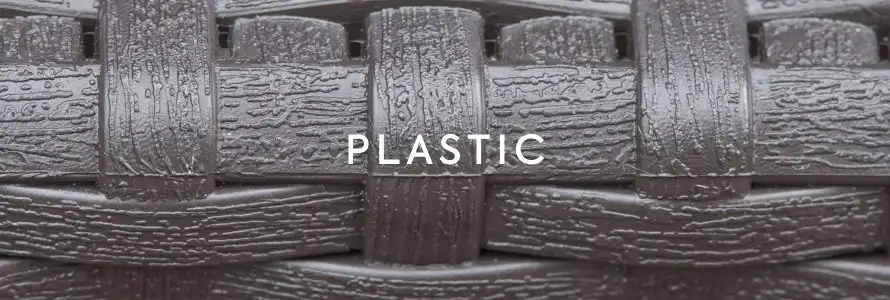
Retailers offer millions of pieces of furniture made from a wide variety of materials. Consider these critical factors as you shop for the perfect pieces.
Your lifestyle influences the level of wear and tear your furniture will experience. Do you have a home filled with animals and kids? Choose pet-friendly materials like leather, microfiber, and performance fabrics. These durable materials will resist stains, odors, and other hazards of a busy household. If you have an adults-only home or don’t mind cleaning, consider more high-maintenance materials like chenille and velvet.
Look for furniture that fits your existing aesthetic. For example, luxurious velvet furniture adds elegance to a glam interior, while leather furniture enhances a Western style home. Consider mixing and matching finishes and materials to create your desired look.
Look for durable and stylish furniture that fits your budget. Some of the most affordable materials include cotton blends, nylon, pine, and poplar. Most online retailers allow you to filter products by price to narrow your options.
Interior furniture comes in dozens of materials, from bright cotton blends to luxurious velvet. Consider your budget, design preferences, and lifestyle as you weigh your options. You should also think about how much time you can dedicate to maintaining your furniture.
Once you've picked the perfect interior furniture, explore our guide to outdoor furniture materials for your next design project.
Explore More
You're on the list
By signing up, you agree to receive email marketing.